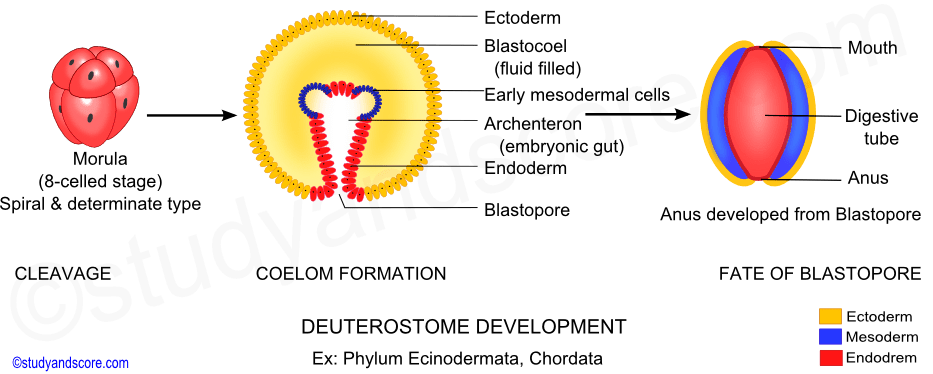
In some cases, the zygote was previously injected with mRNAs coding for fluorescent fusion proteins for histone H2B-RFP (H2B) and/or the actin-binding domain of utrophin-GFP (UTPH) to visualize nuclei or cell outlines, respectively, where indicated. Images of live embryos with dextran- and diI-labeled 2a, or 2a subclones, as indicated. See also Additional file 1, which corresponds to panels s–wįates of micromere 2a, and its subclones, during gastrulation and organogenesis.

Many cells are seen to divide over the course of the time-lapse ( arrow mitotic spindle), but the micromere cap does not make a significant advance towards the vegetal pole during this period. s–w Time lapse light sheet confocal images of an embryo expressing the microtubule-cytoskeleton bio-sensor EMTB-GFP and an RFP-membrane biosensor (MEM-RFP). The 4d clone can often be identified without direct labeling because the UTPH-GFP is preferentially expressed or stabilized in this clone (e.g. AV animal pole view, VV ventral/vegetal pole view, LV lateral view. i–r Images of embryos during late cleavage and early epiboly stages labeled with the actin cytoskeleton marker UTPH-GFP ( white) and histone H2B-RFP (red) in some panels, the 4d clone is labeled with diI (red). Black and white cartoons are modified from Conklin’s drawings.

a–c Animal pole views d is a ventral/vegetal view e–h are lateral views. a–h Cartoons of early embryo with second and third quartet micromeres colored, as indicated in key to the right. These data have profound implications for hypotheses about the evolution of the bilaterian gut and help explain observed variation in blastopore morphogenesis among spiralians.Īmphistomy Blastopore Ectomesoderm Endomesoderm Epiboly Gastrulation Lophotrochozoa Spiralia.Įarly epiboly and position of clones at the blastopore lip. Our analysis of Crepidula gastrulation constitutes the first description of blastopore lip morphogenesis and fates using lineage tracing and live imaging. The anus forms days later, as a secondary opening within the 2d(2) clone, and not from the classically described "anal cells", which we identify as the 3c(221) and 3d(221) cells. Progeny of 2a-2c and 3a-3d make the mouth and foregut, and the blastopore becomes the opening to the mouth. During this process, several of these cells, as well as the 2d clone, become displaced posteriorly, away from the blastopore. Posteriorly, cells derived from 3c(2) and 3d(2) undergo a form of convergence and extension that involves zippering of cells and their intercalation across the ventral midline. These cells make a novel spiralian germ layer, the ectomesoderm. Anteriorly, cells derived from 3a(2) and 3b(2) undergo a unique epithelial-to-mesenchymal transition involving proliferation and a collective movement of cells into the archenteron.

As the blastopore narrows, the micromeres' progeny exhibit lineage-specific behaviors that result in certain sublineages leaving the lip's edge. Initially, descendants of the second and third quartet micromeres (2a-2d, 3a-3d) occupy a portion of the blastopore lip. This is the first study to do so, using the gastropod Crepidula fornicata.Ĭrepidula gastrulation occurs by epiboly: the first through third quartet micromeres form an epithelial animal cap that expands to cover vegetal endomesodermal precursors. Different developmental explanations for this variation exist, yet no modern lineage tracing study has ever correlated the position of cells surrounding the blastopore with their contribution to tissues of the mouth, foregut, and anus in a spiralian. In this group, the blastopore has been said to become the mouth, the anus, both, or neither. Theories about the evolution of gastrulation often concern the fate of the blastopore (site of endomesoderm internalization), which varies widely in a major branch of bilaterians, the Spiralia. Gastrulation is a critical step in bilaterian development, directly linked to the segregation of germ layers, establishment of axes, and emergence of the through-gut.


 0 kommentar(er)
0 kommentar(er)
